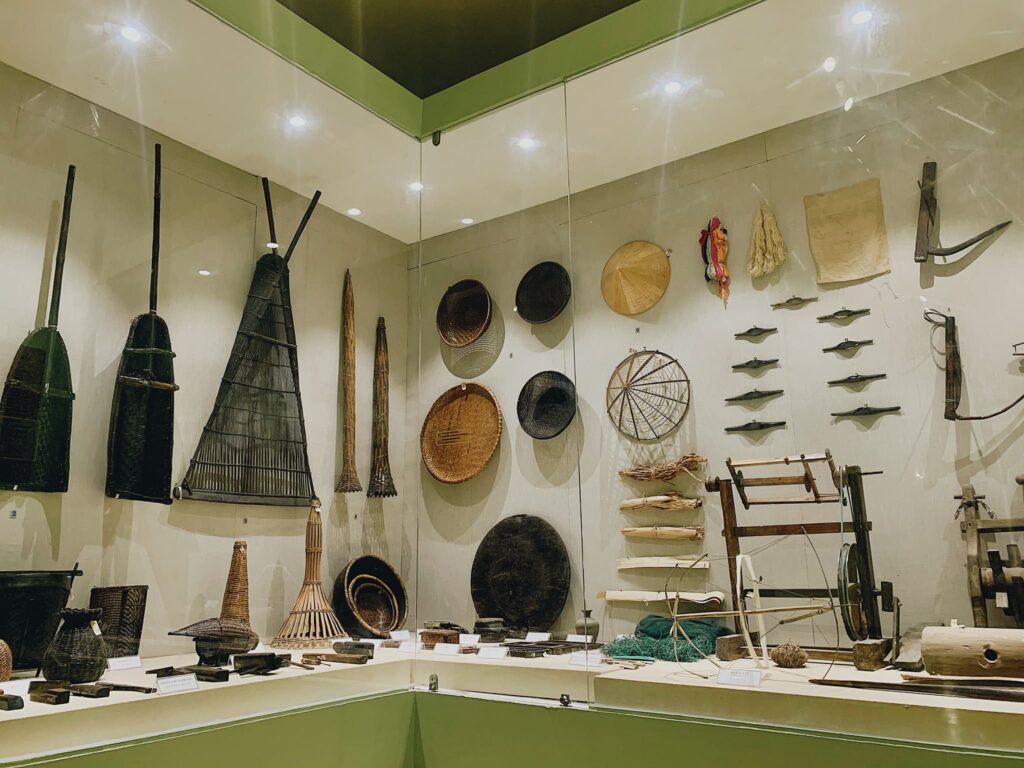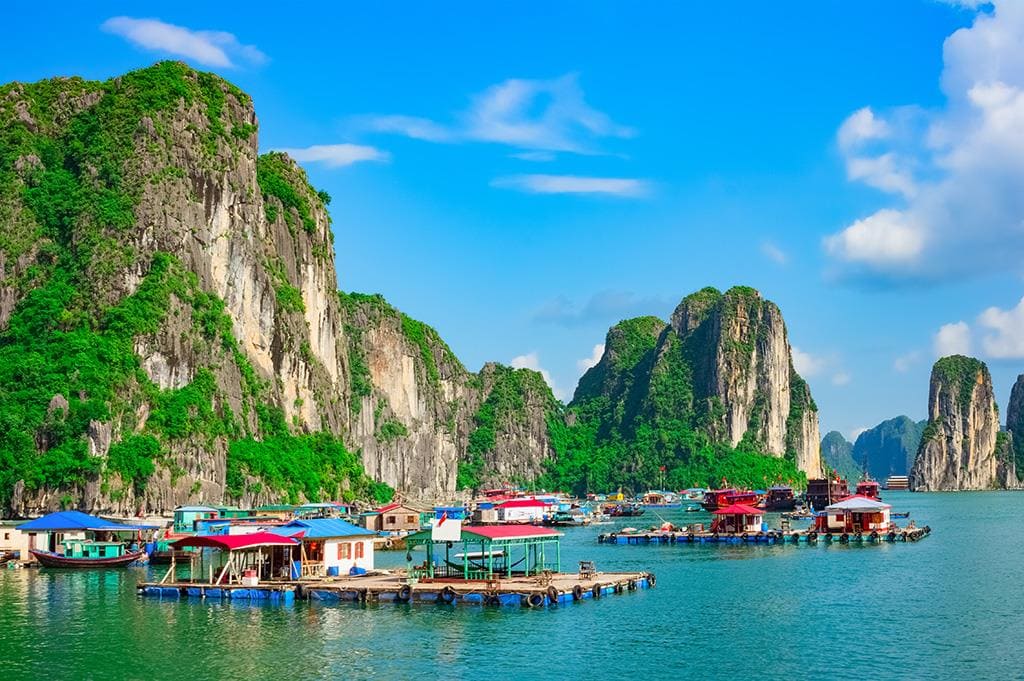Nestled in the North-Central region of Vietnam, Quang Binh Province is a captivating blend of natural beauty, rich history, and cultural significance. From the awe-inspiring Son Doong Cave, recognized as the world’s biggest cave, to the UNESCO-listed Phong Nha-Ke Bang National Park, Quang Binh offers an enchanting experience that beckons travelers from around the globe. In this article, we’ll explore the province’s stunning landscapes, historical significance, and the vibrant culture that makes Quang Binh a must-visit destination.
A Natural Wonder: Phong Nha-Ke Bang National Park
At the heart of Quang Binh lies Phong Nha-Ke Bang National Park, a UNESCO World Heritage Site since 2003. This breathtaking park is famous for its impressive limestone karst landscapes, lush jungles, and an extensive network of caves and grottoes. Among these natural wonders, the Son Doong Cave stands out not only as the largest cave in the world but also as a remarkable ecosystem that houses diverse flora and fauna.

Exploring Phong Nha-Ke Bang
– Caving Adventures: The park features numerous caves, including Phong Nha Cave and Paradise Cave, each offering unique experiences. Adventurers can embark on guided tours to explore these underground marvels, witnessing stunning stalactite formations and ancient rock structures.
– Biodiversity: Phong Nha-Ke Bang is home to over 1,500 plant species, 140 mammal species, and 200 bird species. Wildlife enthusiasts can spot rare animals like the Saola and the Black-shanked Douc Langur during treks through the park.

A Rich Historical Tapestry
Quang Binh is not just a paradise for nature lovers; it also has a profound historical background. The province has been significant throughout various periods, from ancient kingdoms to modern conflicts.

Historical Figures and Events
– Notable Personalities: Quang Binh is the birthplace of several prominent figures, such as General “Vo Nguyen Giap”, a key military leader during the Vietnam War. The province also has ties to former South Vietnamese President “Ngo Dinh Diem” and celebrated poet “Han Mac Tu”.
– Ancient Kingdoms: For centuries, Quang Binh was a contested territory between the ancient kingdom of “Van Lang” and the “Champa Kingdom”.
The Vietnam War and Beyond
Quang Binh’s strategic location near the Demilitarized Zone (DMZ) made it a focal point during the Vietnam War. The province was heavily bombed, leaving a lasting impact on its landscape and people. Despite the devastation, Quang Binh has emerged as a symbol of resilience, healing, and growth.
Geography and Climate
Quang Binh boasts a diverse topography, ranging from mountainous regions to lowland coastal areas. This geographical diversity contributes to its unique climate, which significantly influences its ecosystems and biodiversity.
Topographical Features
– Mountains and Hills: The western part of the province is characterized by mountainous terrain, providing stunning vistas and opportunities for hiking and exploration.
– Coastal Beauty: The eastern coastline stretches for 116 kilometers, featuring beautiful sandy beaches like “Nhat Le” and “Da Nhay”, perfect for relaxation and water sports.
Climate Overview
– Seasonal Changes: Quang Binh experiences two distinct seasons: the rainy season (September to March) and the dry season (April to August). The annual average temperature ranges from 24ºC to 26ºC, making it comfortable for year-round visits.
– Rainfall Patterns: With an average annual rainfall of 2,000-2,300mm, visitors should plan accordingly, especially if traveling during the peak rainy months of September, October, and November.
Scenic Attractions Beyond the Caves
While Phong Nha-Ke Bang may be the crown jewel of Quang Binh, the province is dotted with numerous other attractions that showcase its natural beauty and cultural heritage.
Must-Visit Locations
– Bang Mineral Hot Spring: A hidden gem where visitors can soak in warm, therapeutic waters surrounded by lush greenery.
– Bau Tro Remains: An archaeological site that offers insights into the ancient civilizations that once thrived in this region.
– Historical Relics: Explore significant sites like Quang Binh Gate, Luy Thay, and Rao Sen, all of which tell stories of the province’s storied past.
Accessibility and Infrastructure
Getting to Quang Binh is relatively easy, thanks to its well-developed transport infrastructure.
Transportation Options
– Road: National Highway No.1A connects Quang Binh to major cities like Hanoi and Hue, making it a convenient choice for road trips.
– Rail: The North-South Express Train stops at Dong Hoi City, providing a scenic journey through Vietnam’s landscapes.
– Air: Dong Hoi Airport offers domestic flights, making it accessible for international travelers as well.
Proximity to Major Cities
Quang Binh is strategically located:
– 491 km from Hanoi
– 94 km from Dong Ha
– 166 km from Hue
– 197 km from Vinh
Conclusion: Quang Binh Awaits
With its breathtaking landscapes, rich history, and welcoming culture, Quang Binh promises an unforgettable experience for every traveler. Whether you are venturing into the depths of the Son Doong Cave, soaking in the natural hot springs, or wandering through the historical sites that bear witness to Vietnam’s turbulent past, Quang Binh offers something special for everyone.
Embrace the adventure that awaits in this magnificent province and discover why Quang Binh is regarded as one of Vietnam’s hidden gems. As you plan your journey, let the allure of its natural wonders and historical richness guide you to explore this remarkable destination.







I am curious to find out what blog platform you have been utilizing? I’m having some minor security problems with my latest website and I’d like to find something more safeguarded. Do you have any suggestions?